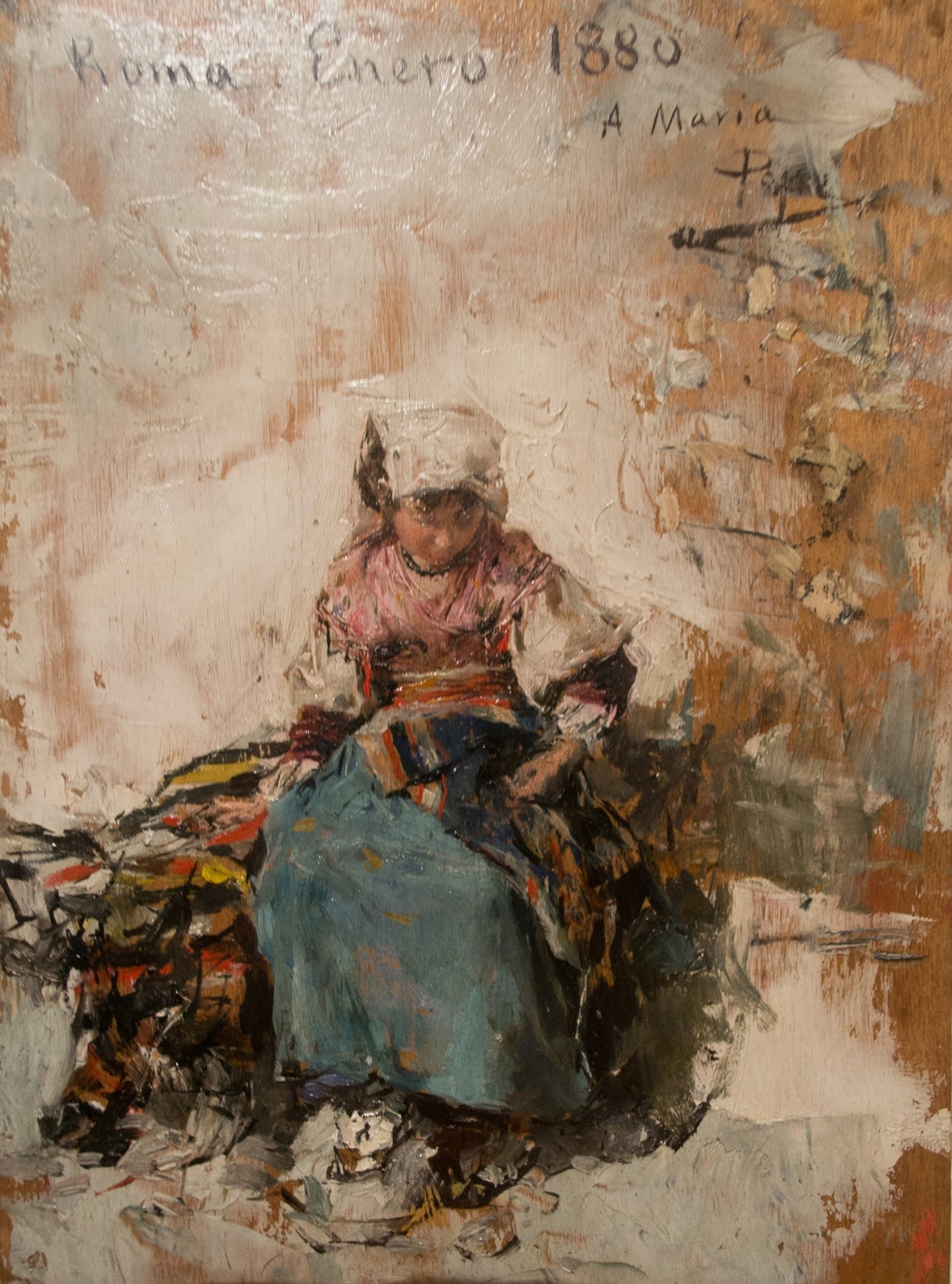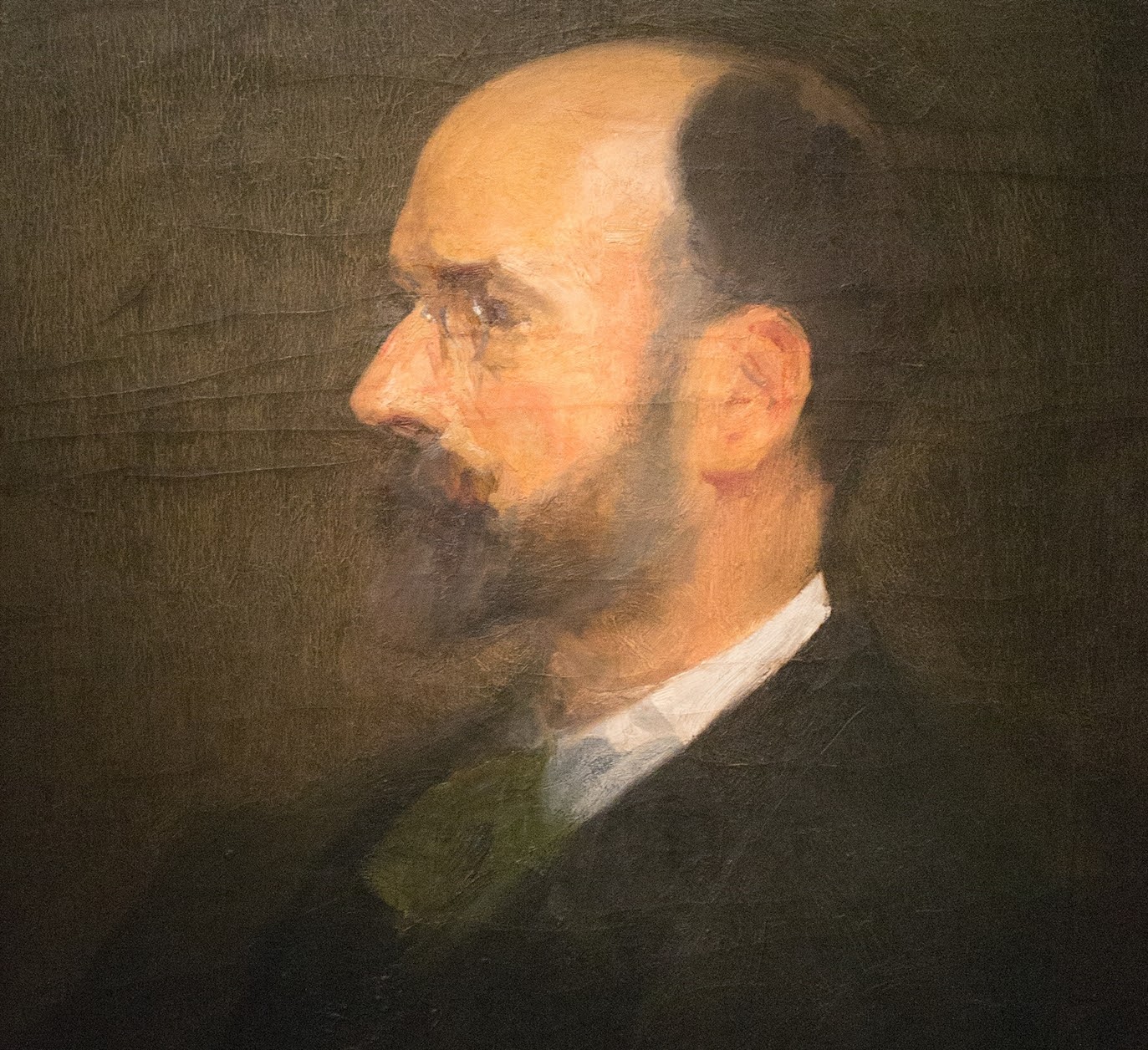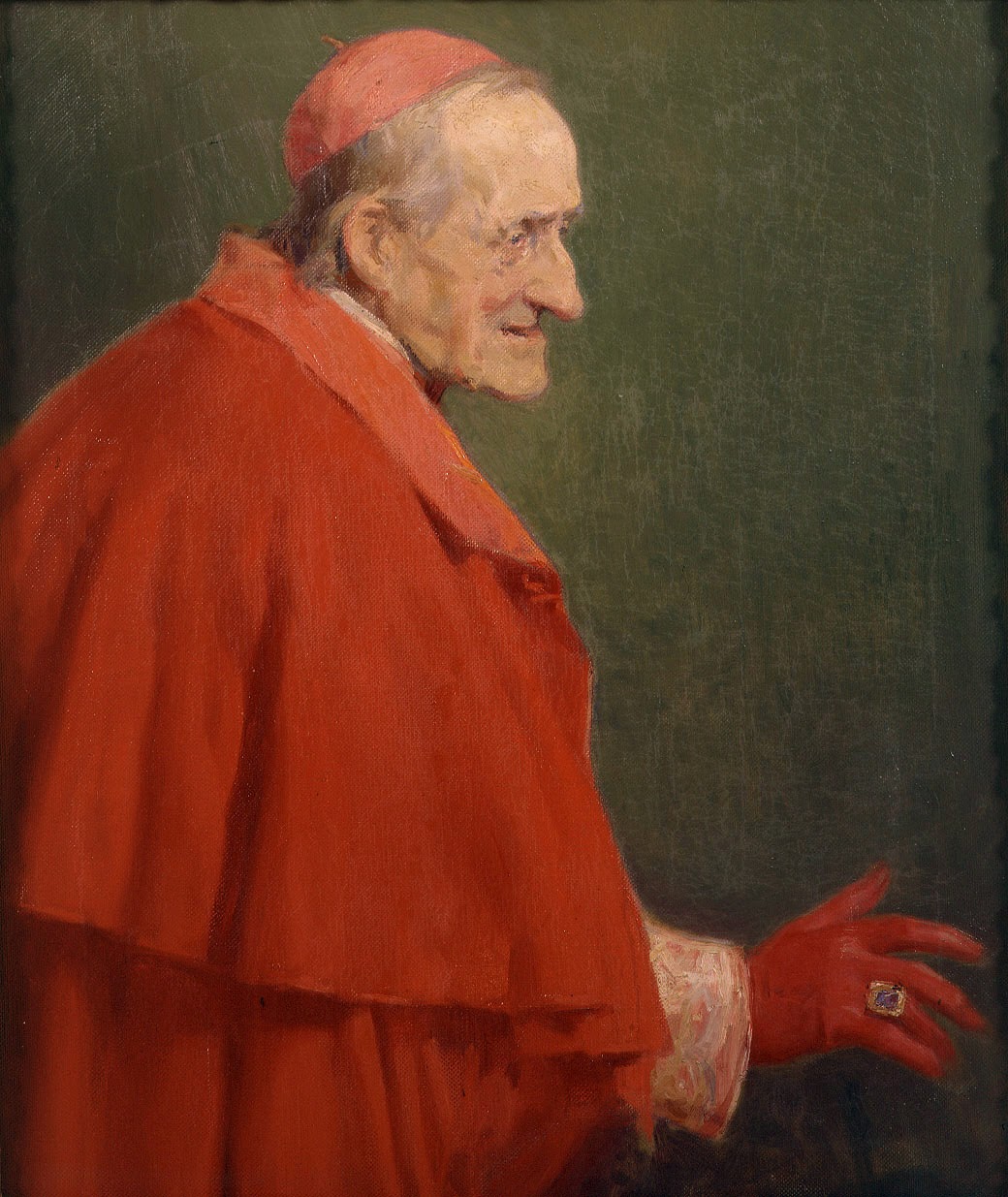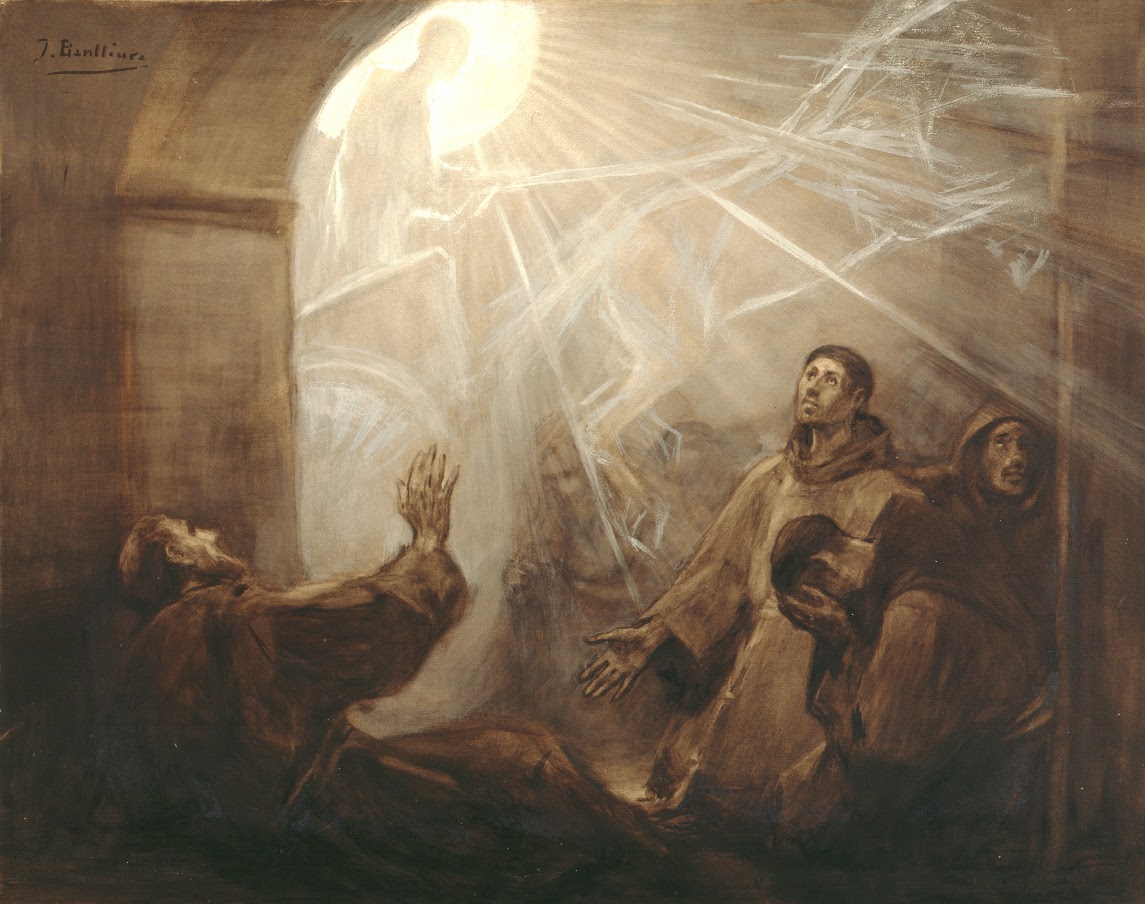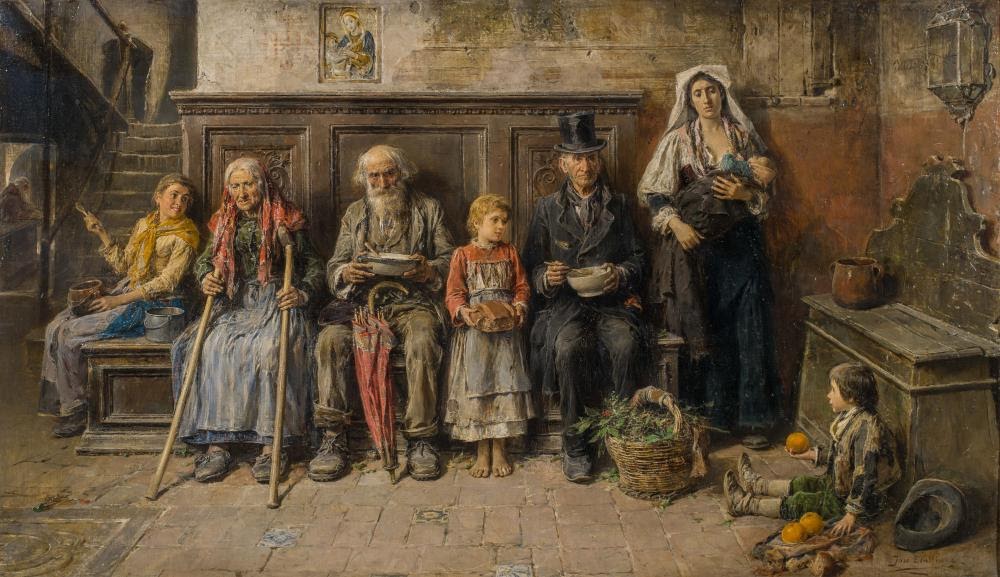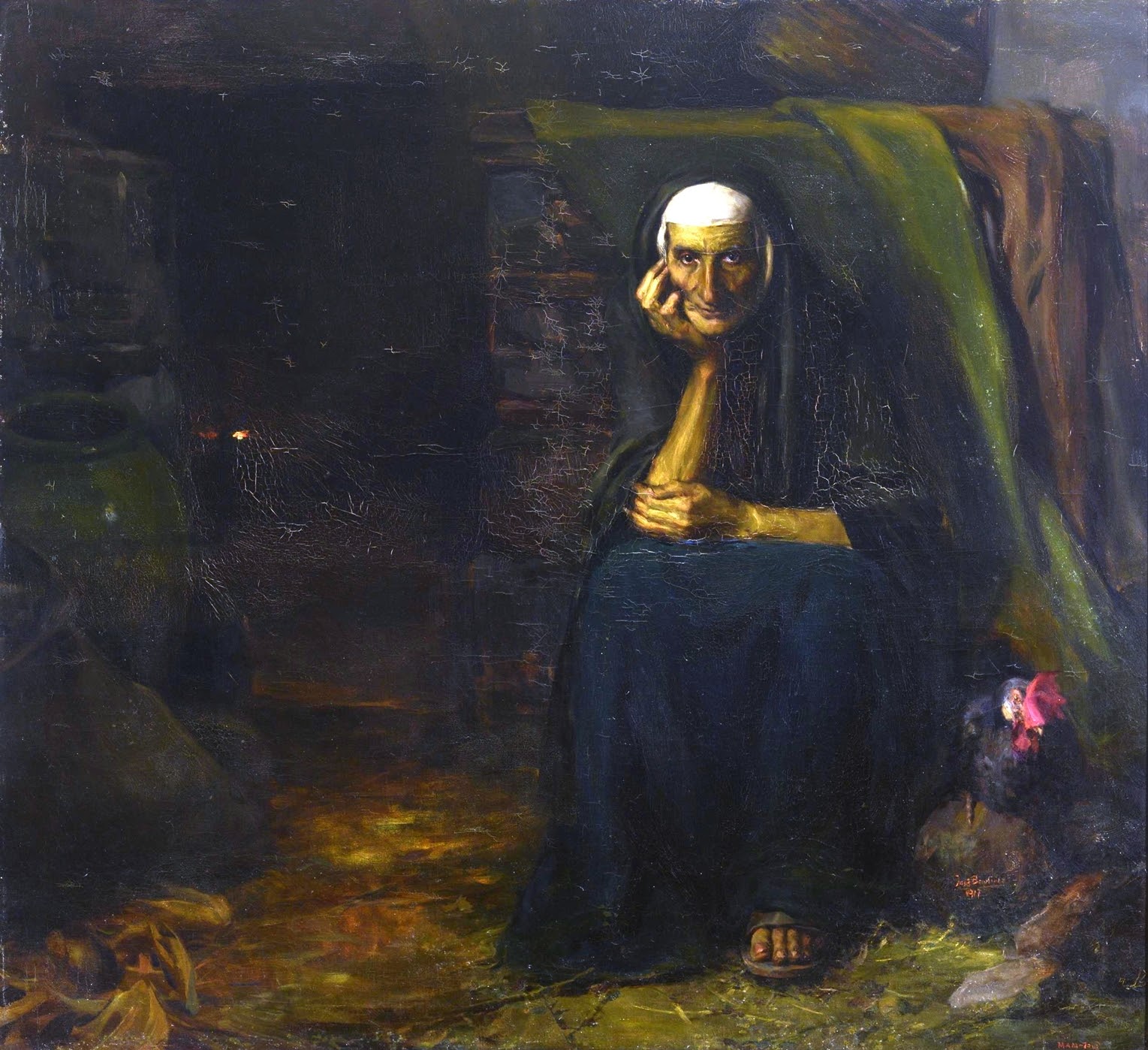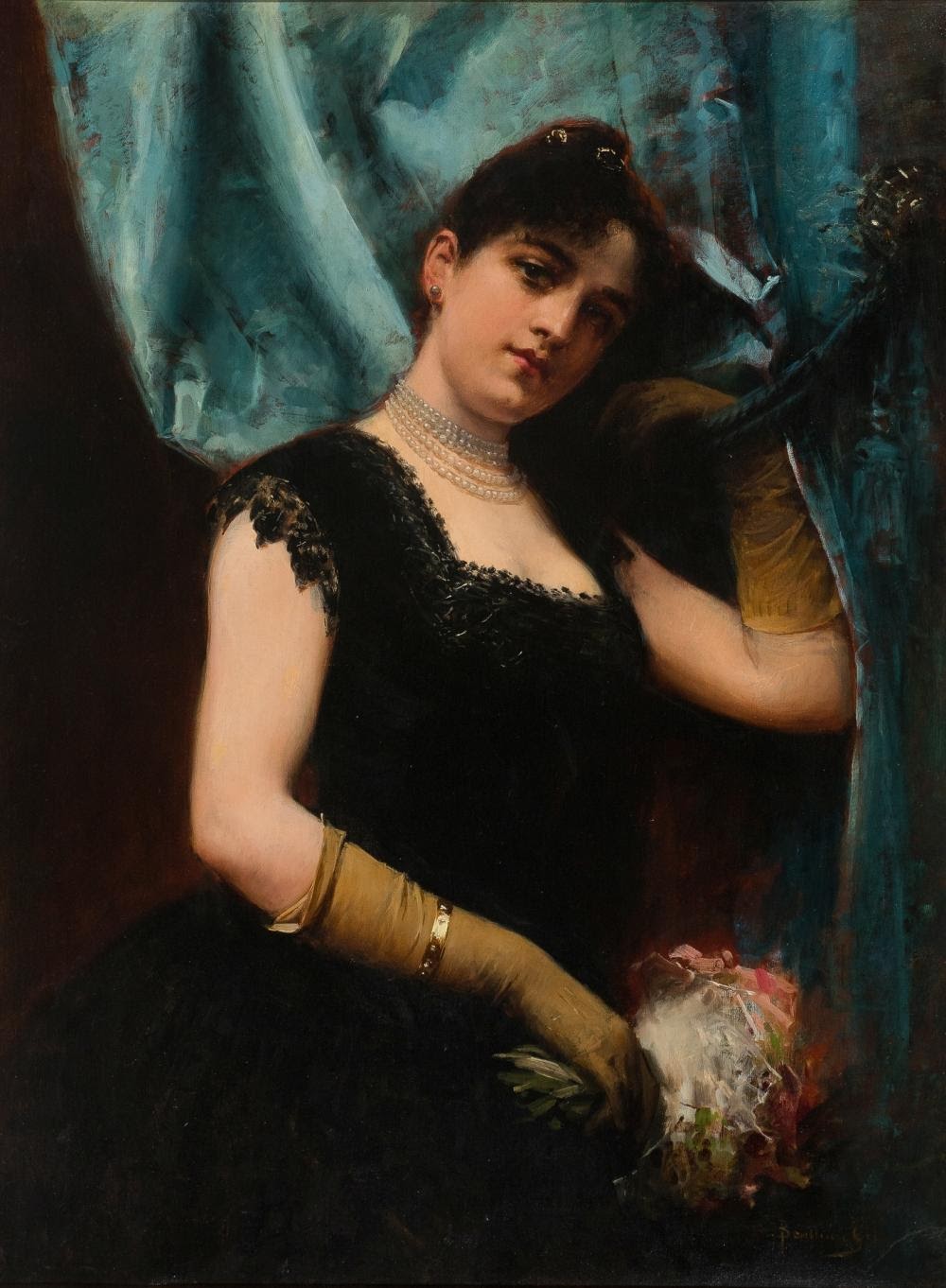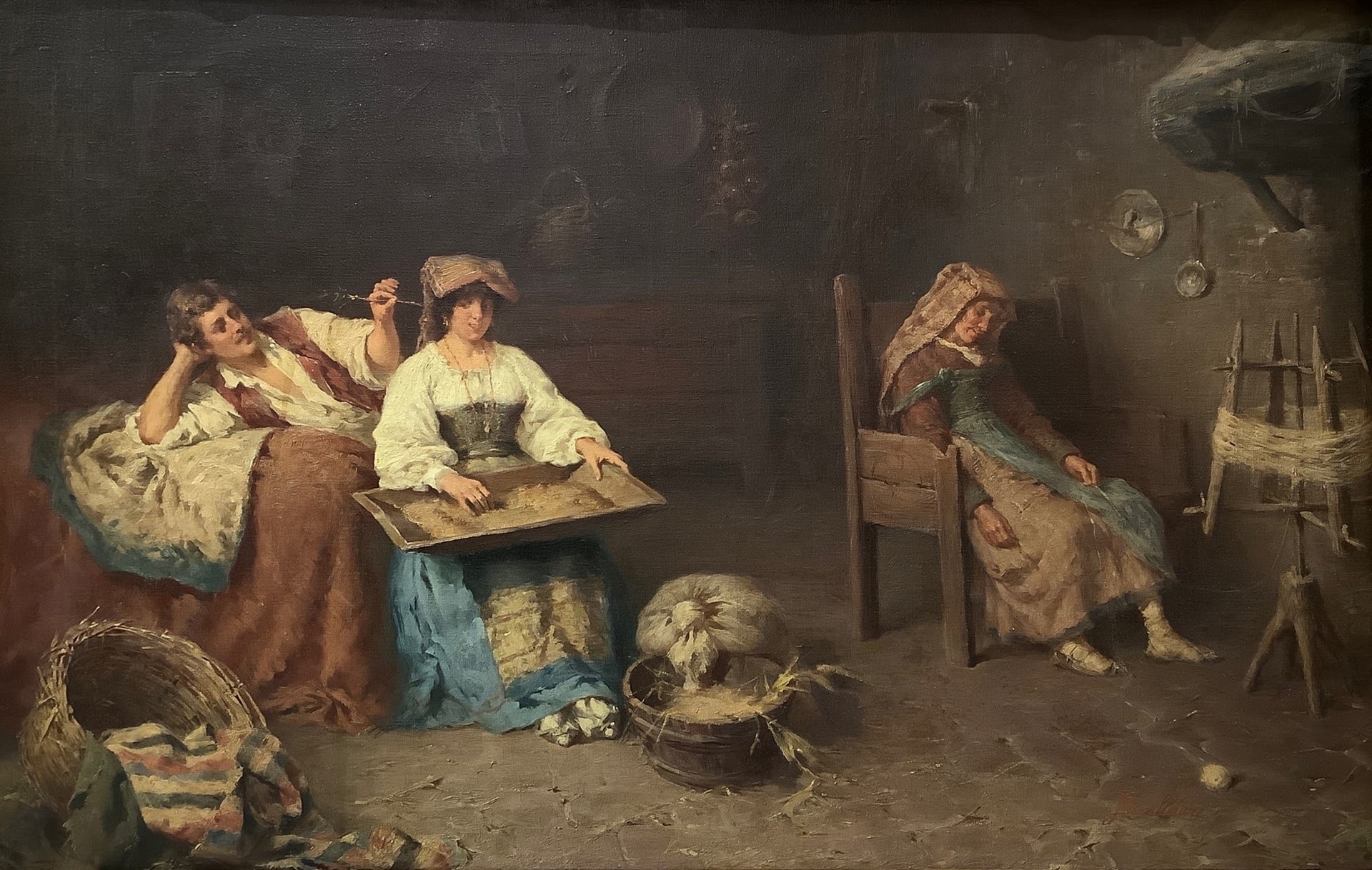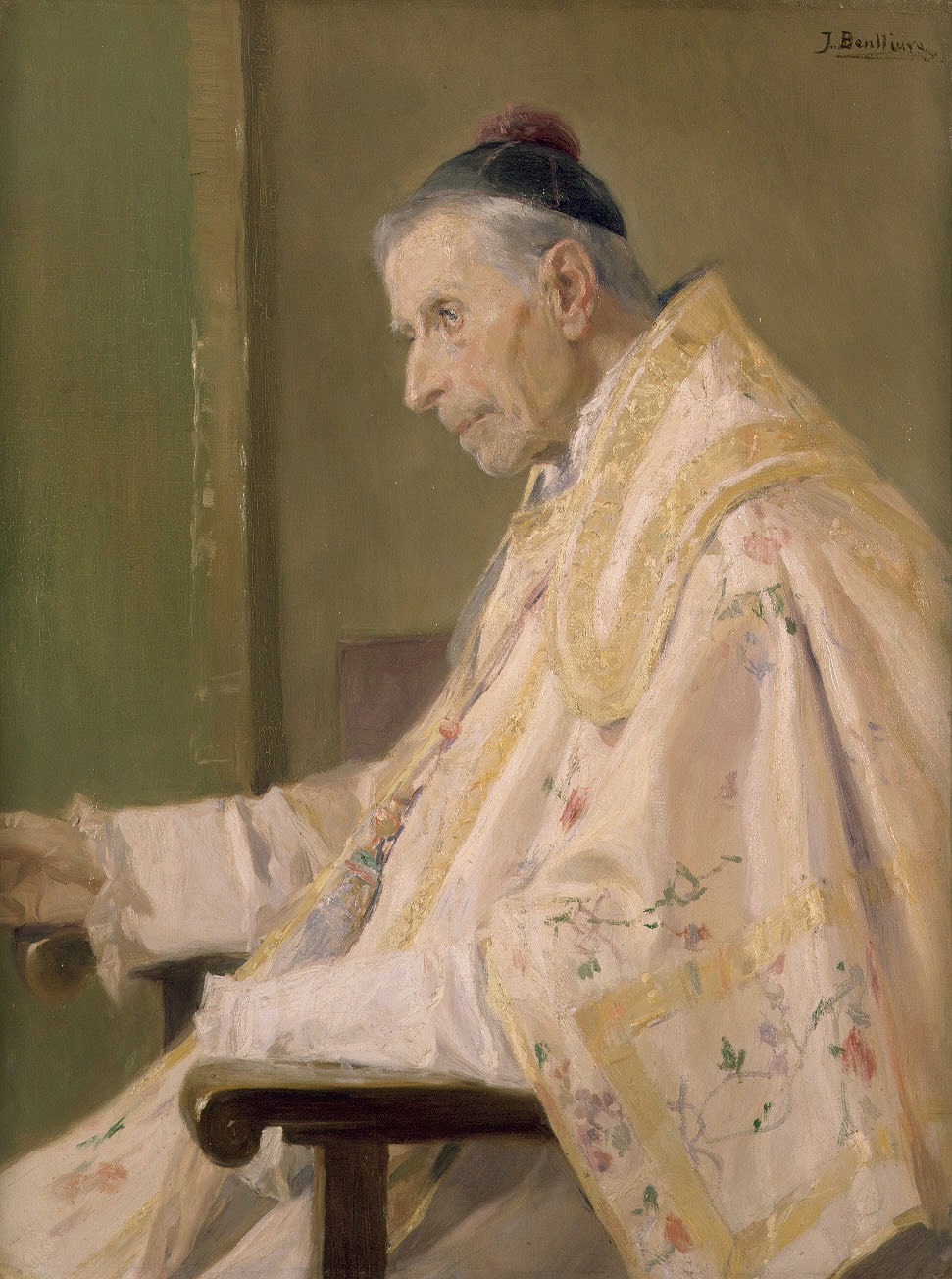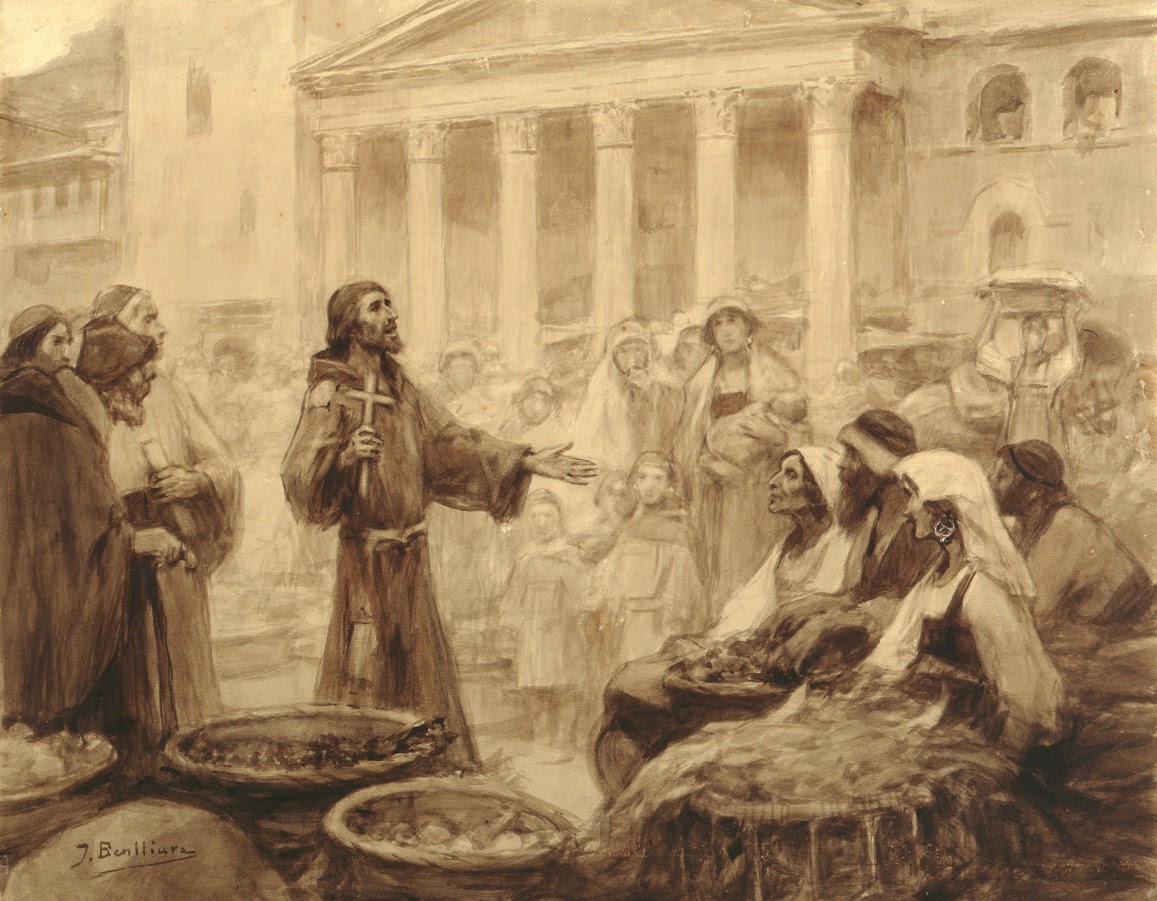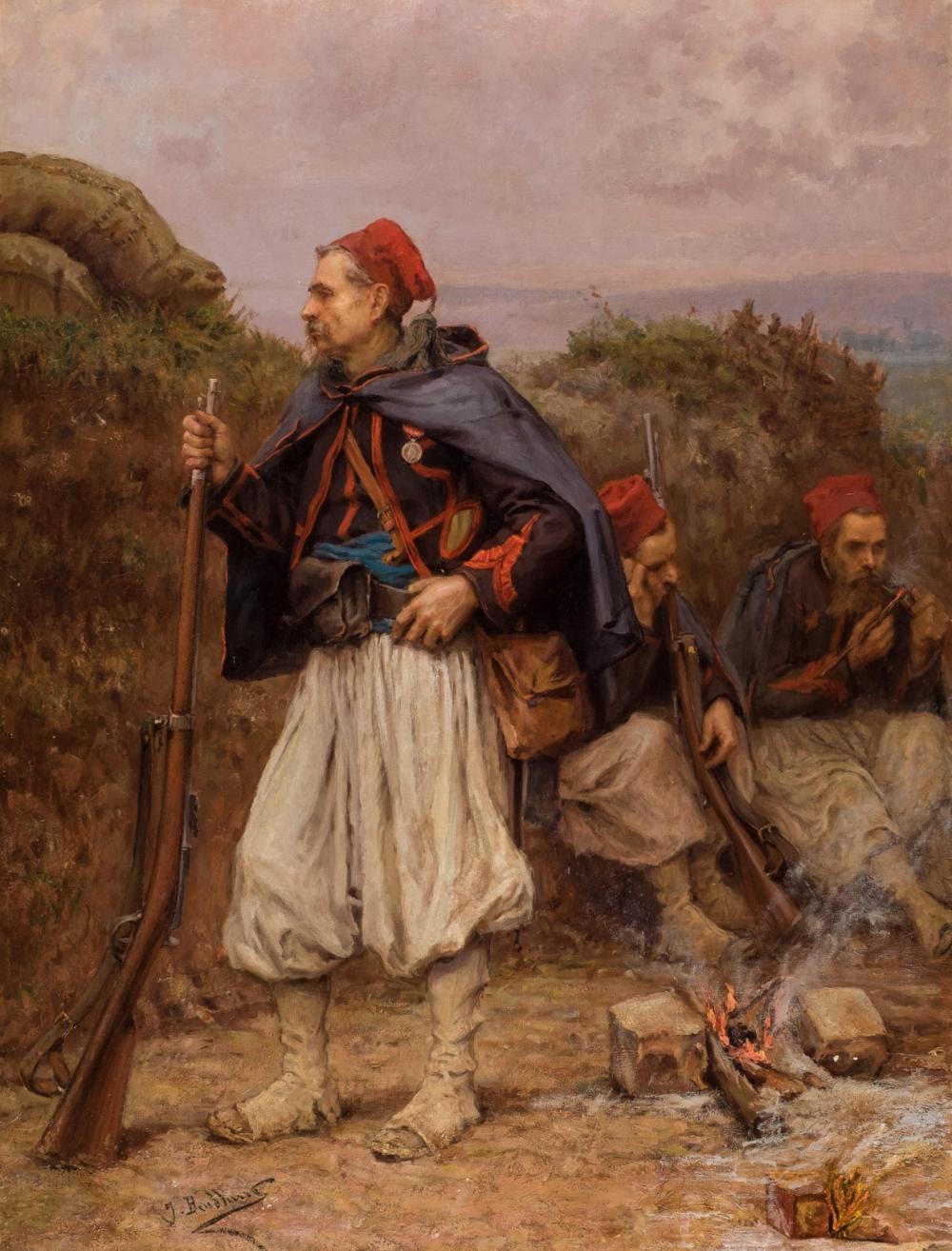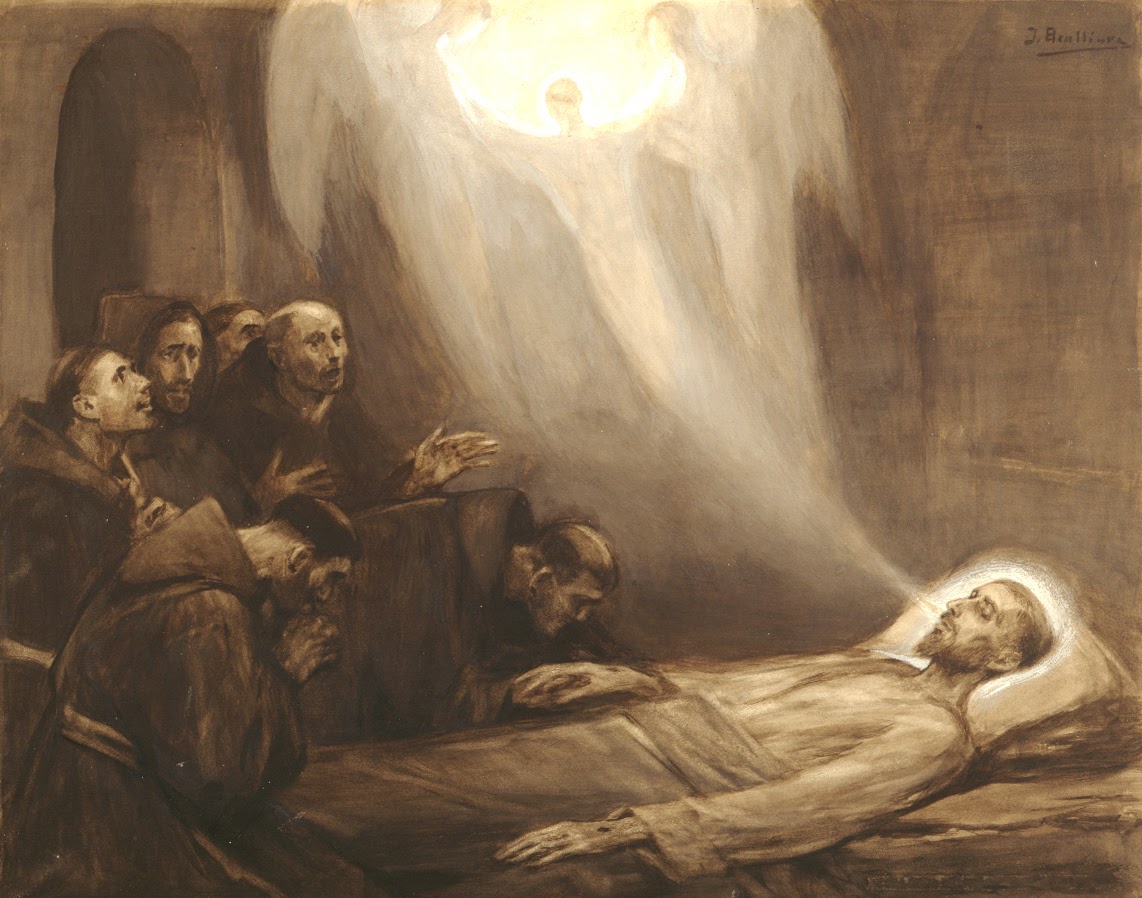José Benlliure y Gil, a genre painter, hailed from a family of artistic talents, being the son of a modest painter and the brother of the renowned sculptor Mariano Benlliure. His artistic journey commenced early, with studies at the San Carlos School of Fine Arts in Valencia and under the guidance of Francisco Domingo Marqués in a private studio.
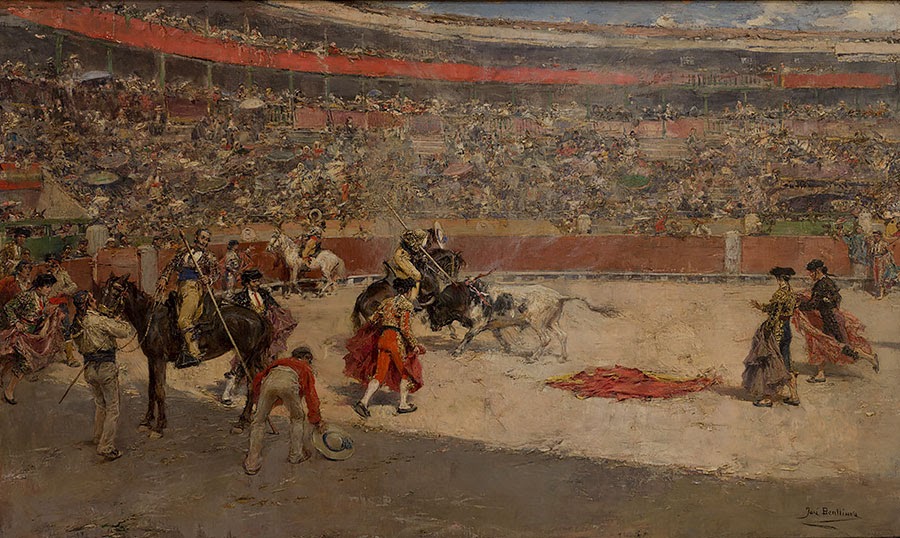
In 1872, he sought a travel grant from the Diputación of Valencia, although his application faced rejection. Nevertheless, he received financial support that facilitated a study trip to Paris, where he connected with the influential art dealer Goupil. Upon his return to Valencia, Benlliure immersed himself in painting works for the National Exhibitions.
Noteworthy achievements followed, with a third-place medal in 1876 for “Rest on the March” and another in 1878 for “Golgotha” or “Calvary Scene.” In 1879, he embarked on a journey to Rome, where he would reside until 1896. The year 1880 marked a significant personal event as he married María Ortiz Fullana, and the couple settled in Rome, welcoming four children into their family.
The year 1882 saw Benlliure signing a contract with English dealer Martin Colnaghi, while also collaborating with other prominent dealers from England, France, and Germany, among others. These partnerships not only distributed his works across Europe and the United States but also influenced his artistic style, shaped by the likes of Mariano Fortuny and Francisco Domingo Marqués.
Continuing his artistic journey, in 1887, Benlliure earned a first-place medal for “View of the Coliseum,” showcasing an influence from his Italian painter friend Domenico Morelli. The same year, he exhibited this work at the Munich International Exhibition and received a gold medal. In 1891, his painting “Lesson in Catechism” was featured in the Berlin Exhibition, reflecting his versatility across various genres.
As international markets began to shift away from his work, deemed outdated, Benlliure turned to illustrations, contributing to works such as “La vida de san Francisco de Asís” in 1926 and Blasco Ibáñez’s novel “La Barraca” in 1929. He maintained strong institutional relations, briefly returning to Rome in 1903 as the director of the Accademia di Spagna, eventually settling back in Valencia for good in 1913.
His contributions continued, with appointments as the director of the Museum of Fine Arts in 1924 and the president of the San Carlos Academy in 1930. José Benlliure y Gil passed away in Valencia on April 5, 1937, leaving behind a legacy of artistic versatility and institutional leadership.

